Zumtobel’s Belia Lumnaire
Personally, I’ve never entertained the temptation of chucking a multi-use luminaire across the length of a football field, but—if in some unforeseen scenario—I was in some wise compelled to do so, I’d hope the implement in my arsenal were the extruded aluminum, powder-coated Belia, an elegant lightpiece with a wide array of functional perks.
Belia Luminaire. Manufactured by Zumtobel.
The Belia Luminaire Brightens Up Patient Rooms
Manufacturer Zumtobel designed Belia – and other lighting fixtures, like Flexos – to have maximum appeal for hospital and rehab patients, as well as nursing home residents and their assorted caregivers. Belia features a direct beam, glare free light that not only provides sufficient illumination for caregivers to adequately do their jobs, but also reduces the harsh quality of much lighting in healthcare venues, thus, “giving back to patients some of their privacy, even in multi-bed rooms.”
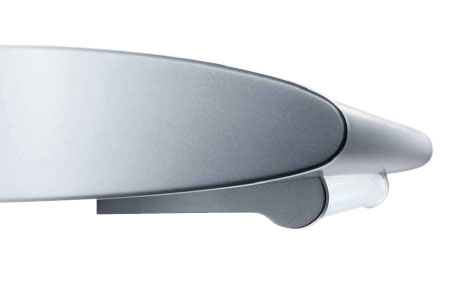
But back to Belia’s aerodynamic design. The contours of the piece most clearly resemble those of an airplane wing, making the light quite easy to clean, while also deeding it a calming aesthetic—quite contrary to the de rigueur lighting of many hospital rooms.
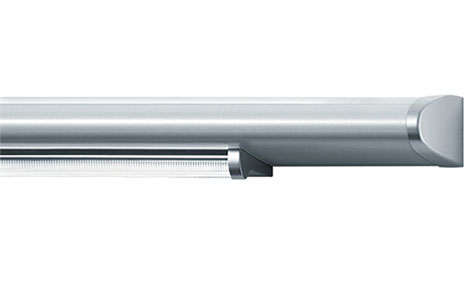
The above is enough of a selling point to warrant making the switch, but Belia’s curvaceous profile also serves a pronounced functional component: “thanks to the distinct subdivision of the luminaire into two levels for indirect and direct light, a clear visual classification is assured.”
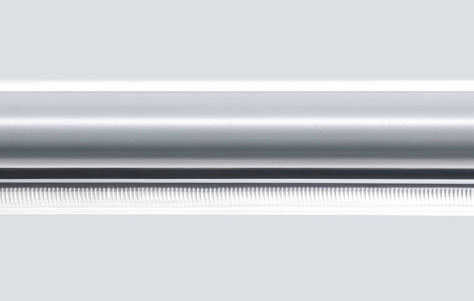
In other words, users can plainly see whether the light is in spotlight or ambient illumination mode, a crucial distinction for patients who are using every tool at their disposal to make their hospital room feel like home.
About the Manufacturer: An “internationally leading supplier of integral lighting solutions,” Austrian manufacturer Zumtobel develops custom lighting solutions for various commercial and hospitality venues, including offices, hotels, restaurants, and art galleries. The company places a premium on the emotional effects of light, specifically tailoring each installation to complement the architecture and ambient conditions of a given space in order to improve mood and promote wellbeing: “All of our company’s efforts ultimately focus on people and their living situations. Luminaires, lighting systems and lighting design tools must all contribute towards a humane environment that fosters health and welfare.”
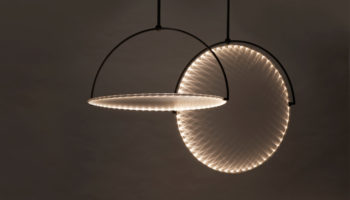

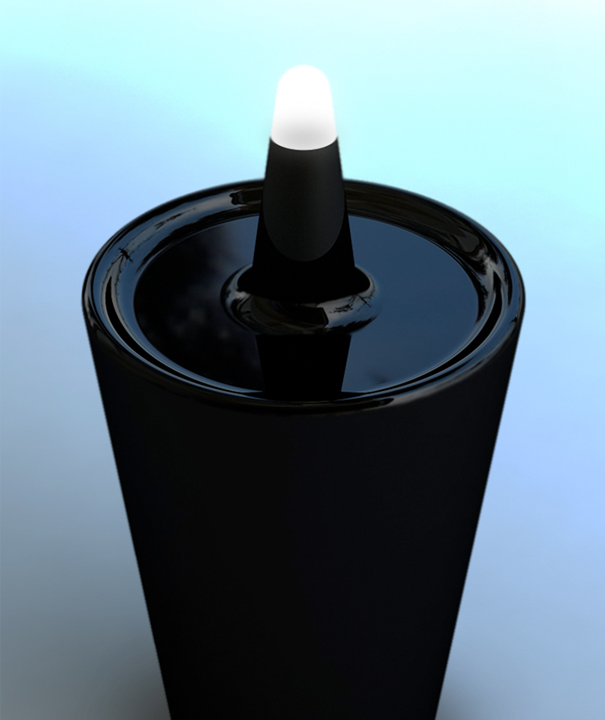

Leave a Reply